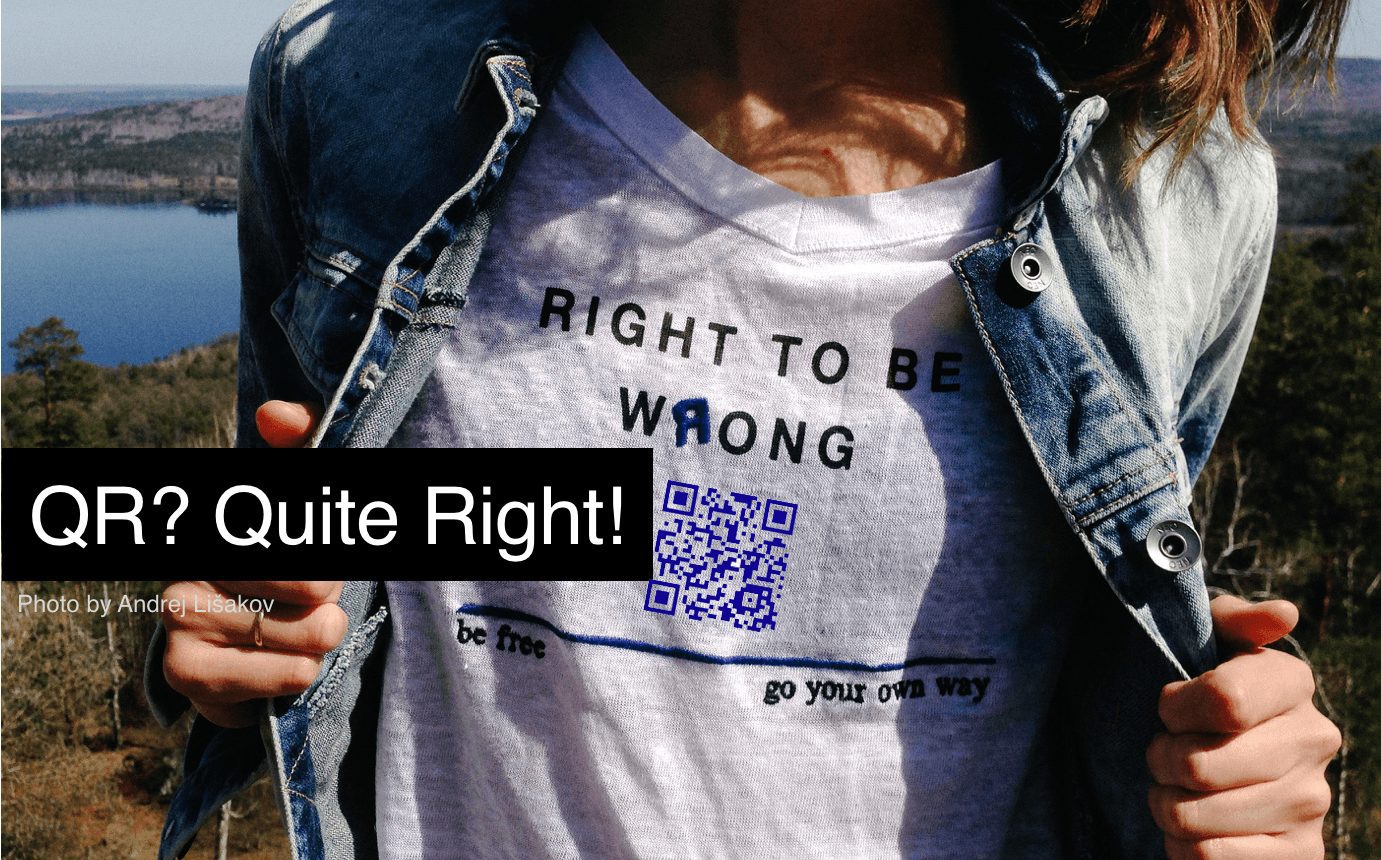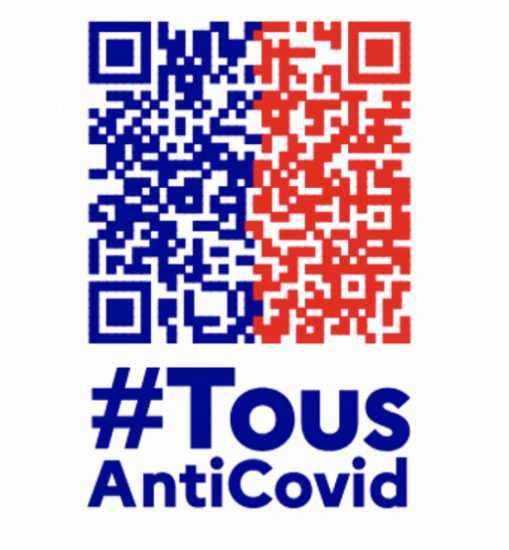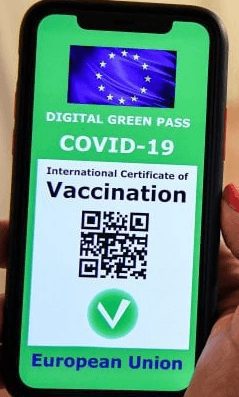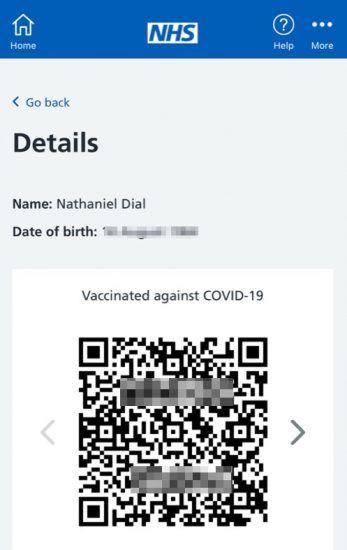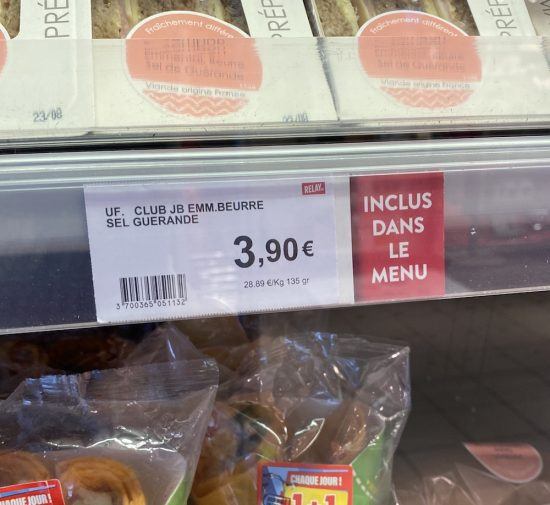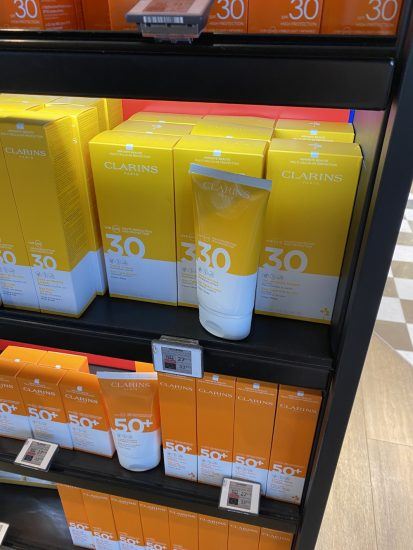For the last ten years or so, it felt like the QR code was struggling to make its mark in the West. I was forever bearish on the survival of the crowded square QR code. But it turns out I was dead wrong. The QR code is alive and well, and has indeed landed in the mainstream in the West with defiant panache.
The wobbly QR journey
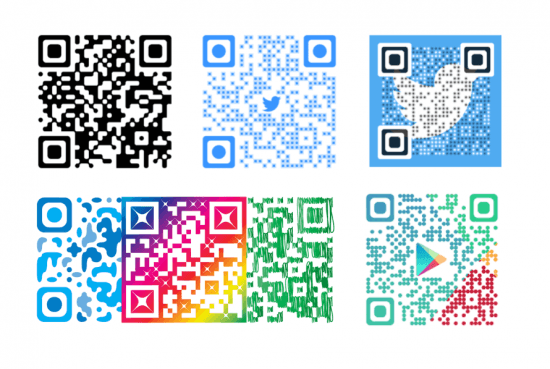
After being fully adopted in countries like South Korea, Japan, China and South Africa over ten years ago (after having been officially invented in Japan in 1994), it felt like the West was mostly toying around with the QR code. Rare were the good examples. QR codes seemed only accepted at the margin. Sometimes they were used as a novelty item (see the Kaporal Jeans). At other times, they were used and/or placed with exceedingly poor consideration of the user experience (see the placement at the feet at Cluj museum, awkwardly in this advertisement or on the backside of this truck). One of the best usages in London that I saw was by the Japanese company Uniqlo, who used it as a way to entice passers-by into a store. On the whole, however, the QR code was rarely used or well understood.
The dynamic QR
Once QR codes became dynamic, allowing the destination to be updated rather than going to a fixed location, I saw far more opportunity. In fact, by 2013, I fell in love with the QR code on the business card as it allowed the person to scan my up-to-date contact details, which downloaded a Virtual Contact File (VCF) directly into the receiver’s address book. And the information was always current because I was able to change the information in the destination link. The same year I inserted a dynamic QR code into my email signature.
Yet, companies failed consistently in terms of creating good user experiences.
My prognosis, all the way through 2017, was that the QR code wasn’t going to make it in the West. But I was wrong in 2013: Is the QR code dead? And, oh boy, was I wrong in 2016 and again in 2017!
Cue: the Covid-19 pandemic

#TousAnticovid (France) 
EU Digital Green Pass 
NHS App Vaccination proof
Have QR code, will … do anything
During the many months of confinement, it seems that the QR code was preparing for a true coming out. It has clearly become the technology of choice to allow people to move about in Europe, whether as part of a Green Pass or Covid Passport to get in any public space, see a film, ride on a train or as way to facilitate distant ordering at a restaurant. As a result, anyone wanting to leave their premises is now bound to take their smartphone and whip it out when going into a retail outlet, for instance. Like it or not, the QR is now de rigueur if you want to go out. And, it’s now certain that the QR will remain a feature well after the pandemic is over. In the vernacular in some outlets, they now just talk about “having the code” not a QR code.
QR codes in retail?
And yet, I continue to see many retail stores that have not cottoned on. Here are just a couple of examples of where businesses are missing out on opportunities and providing a poor customer experience:

Relay counter at CDG 
Clarins at Duty Free (CDG)
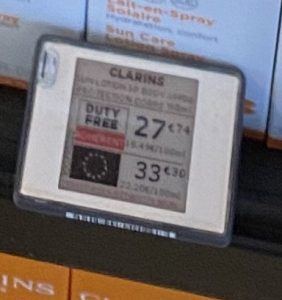
The uses of a QR code on shelf labels could at least make the pricing and offer clearer. For example, in the case of the Relay counter at CDG airport (Paris), a QR code could show on the phone exactly what goes into the “menu” offering, what are the ingredients, calorie & carbohydrate counts, etc. On the right, considering Clarins is a high-end brand, it’s appalling to see such hard-to-read labels, filled with so much text that’s basically impossible to make out without getting out one’s glasses and bending over. Retailers are going to have to get much more clued in on the customer experience if they want to get more sales, much less happier customers.
QR code on the outside?
Where at take-away restaurants you might often see a QR code on the door announcing the menu, it’s one thing to provide a QR code. it’s another to think through the entire customer journey and have a seamless user experience once the order has been passed (and even paid!). In retail, there are multiple ways the QR code can be used on the outside of the store as well. When I walked by this magnificently located Dior (LVMH) store on the south (ie sunny) side of the Champs Elysées, I spotted loads of tourists taking photographs of the decorated scaffolding. It certainly is a sight to be seen. But how much smarter (if less “perfect”) it could have been to integrate a QR code!
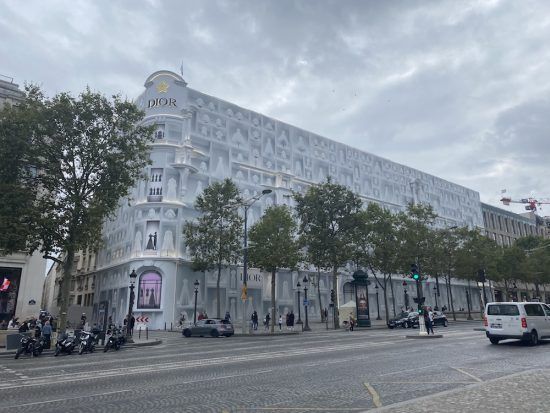
What to have on such a QR code? For starters, you could have information about when the store will open. You could go directly to the eCommerce site or provide images of the projected store inside… You could even create a pre-populated tweet or Instagrammable image. In any event, I consider this a true missed opportunity (that would hardly be expensive, too). Furthermore, there are still too many retail outlets that have a Facebook “F” sign stuck on the window without any decent content or engaged community management. Getting digital and making it work for your business means thinking through the customer’s eyes. It requires a serious retooling in the way you conceive of your marketing. Digital transformation is, above all, a transformation of mindset.
Quite Right (QR) for the customer
I Was Dead Wrong! The QR Code Has Indeed Landed With A Thump. Making the customer experience exceptional should be at the heart of serious retailers.#retail #QRcode #digital Share on XMaking the customer experience exceptional should be at the heart of serious retailers, especially those purporting to be luxurious. The QR code doesn’t look particularly beautiful, but there are plenty of creative ways (see above) to present the code and given the now widespread adoption, it’s hardly an after-thought for consumers to click on the naturally occurring pop up on the camera page. I think the QR should stand for Quite Right for the consumer. And, the only way forward is to think first of the customers’ experience and consider what makes sense for them.

